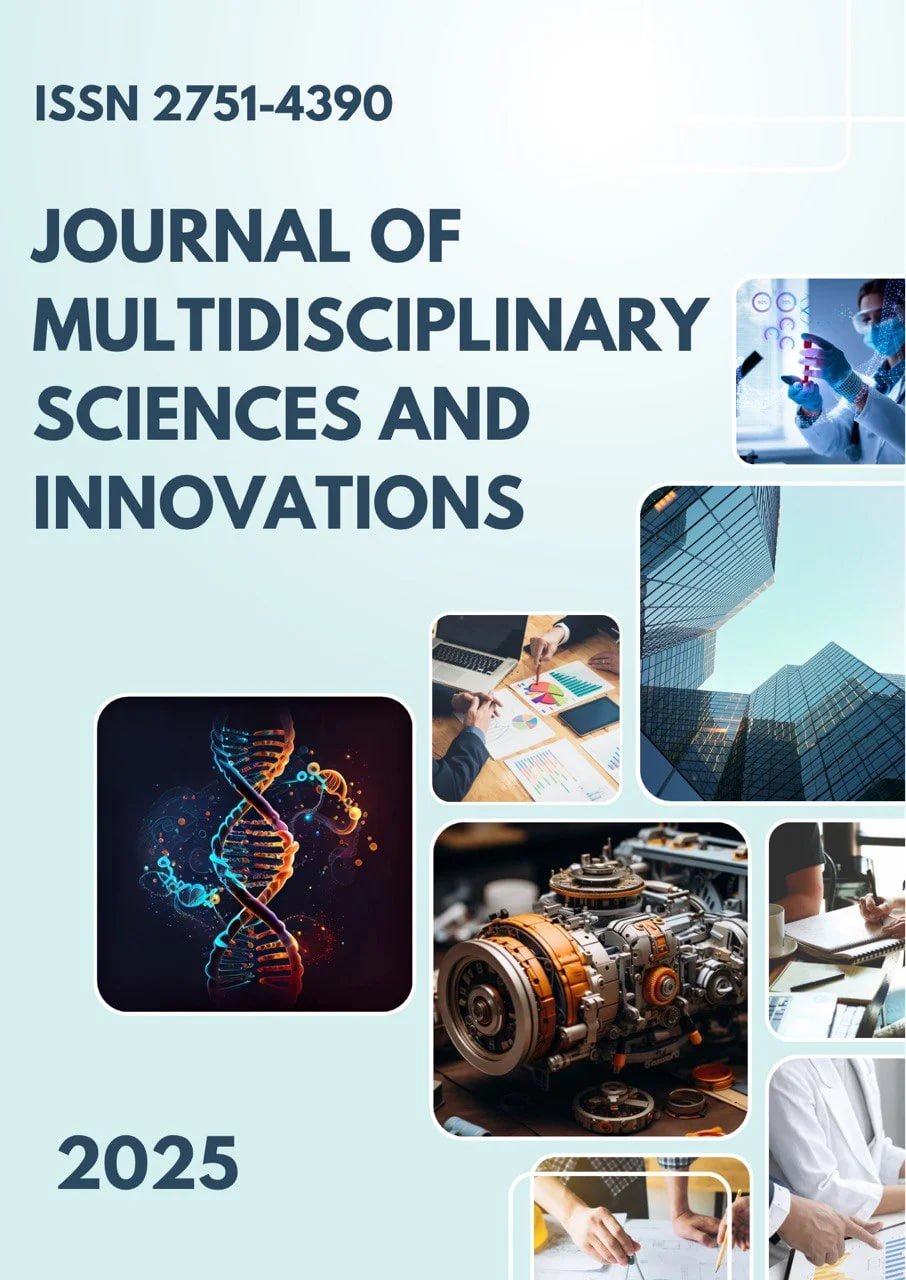SOCIOLINGUISTIC DIVERSITY AND LANGUAGE LEARNING IN A MULTILINGUAL CLASSROOM IN UZBEKISTAN
Main Article Content
Abstract
The article explores the relationship between sociolinguistic diversity and English language learning in a multilingual classroom in Uzbekistan. Based on the observations of eighteen eighth-grade students from Uzbek, Kazakh, Russian, Turkish, Korean, Nigerian and British backgrounds, the study demonstrates how ethnicity, first language (L1) transfer, accent, and cultural norms shape classroom discourse and second language acquisition. Using a qualitative descriptive method, the findings demonstrate how linguistic profiling, gendered expectations and code-switching practices influence both participation and evaluation in the classroom. The article argues that sociolinguistic awareness and culturally responsive pedagogy are essential for equitable English teaching in multilingual classrooms.
Downloads
Article Details
Section

This work is licensed under a Creative Commons Attribution 4.0 International License.
Authors retain the copyright of their manuscripts, and all Open Access articles are disseminated under the terms of the Creative Commons Attribution License 4.0 (CC-BY), which licenses unrestricted use, distribution, and reproduction in any medium, provided that the original work is appropriately cited. The use of general descriptive names, trade names, trademarks, and so forth in this publication, even if not specifically identified, does not imply that these names are not protected by the relevant laws and regulations.
How to Cite
References
1. Baecher L. Differentiating instruction for ELLs: Strategies for the secondary English teacher // Wisconsin English Journal. – 2011. – Vol. 53, № 2. – P. 64–73.
2. Bucholtz M., Hall K. Identity and interaction: A sociocultural linguistic approach // Discourse Studies. – 2005. – Vol. 7, № 4–5. – P. 585–614.
3. Fought C. Language and ethnicity // In: Mesthrie R. (ed.). The Cambridge handbook of sociolinguistics. – Cambridge: Cambridge University Press, 2011. – P. 170–181.
4. Gray J. The global coursebook in English language teaching // In: Block D., Cameron D. (eds.). Globalization and language teaching. – London: Routledge, 2002. – P. 151–167.
5. Rosa J., Flores N. Unsettling race and language: Toward a raciolinguistic perspective // Language in Society. – 2017. – Vol. 46, № 5. – P. 621–647.
6. Wardhaugh R., Fuller J. M. An introduction to sociolinguistics. – 7th ed. – Oxford: Wiley-Blackwell, 2014.
7. Mesthrie R., Swann J., Deumert A., Leap W. Introducing sociolinguistics. – 2nd ed. – Edinburgh: Edinburgh University Press, 2009.

